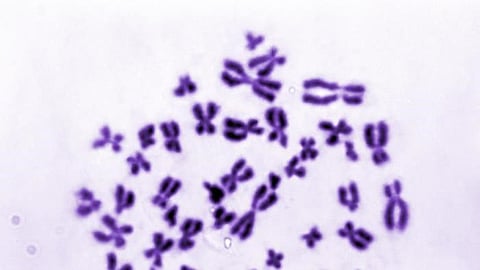To reach these conclusions published in Science, scientists from CNRS, Institute Curie and Sorbonne Université, working in the Nuclear Dynamics, Physical Chemistry and Cell Biology and Cancer1 laboratories, in collaboration with scientists from MIT, attached magnetic nanoparticles to a small portion of a chromosome in a living cell. Then, they stretched the chromosome, exerting different degrees of force, thanks to a micro-magnet outside the cell. Using this approach, the teams managed to measure the response of a chromosome to external forces, for the very first time in a living cell.


